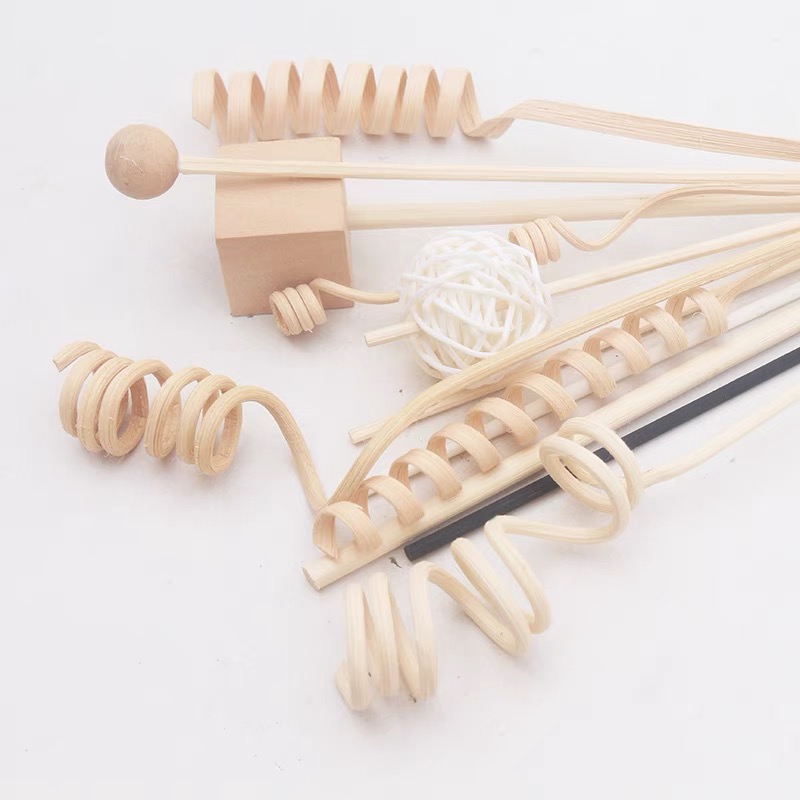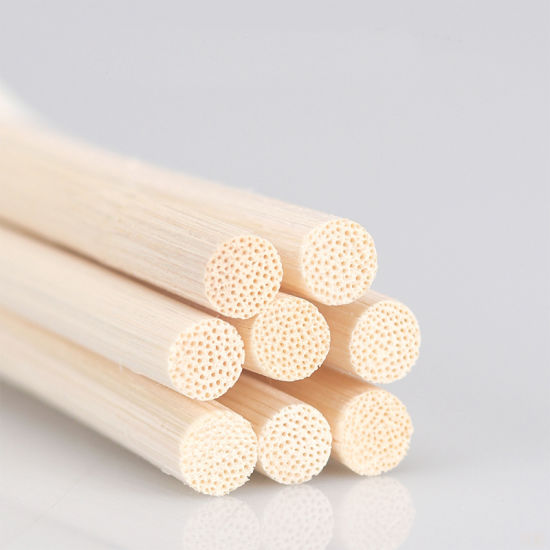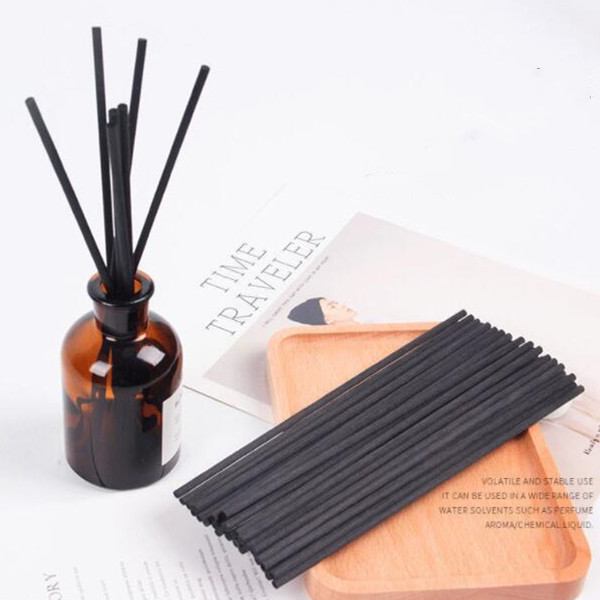What are the best reeds for diffusers, regardless of the size of the diffuser you want to purchase?
They are always on, so you can enjoy your favourite essential oil all day long. They offer a great way to bring a pleasant scent to your home without requiring power or a heat source.
We go into further detail below to offer you an understanding of the many kinds of Reeds Diffuser Sticks, how they function, and some useful advice on how to get the most out of them.
What are diffuser reeds?
Artificial or natural diffuser sticks with microscopic channels are called diffuser reeds. The essential oil is absorbed and transmitted through these channels in the reeds when they are placed in a diffuser, gradually dispersing the aroma throughout the space. They come in various thicknesses and diameters, are simple to trim, and can emit the scent for several months at a time.
How do reed diffusers work?
The basic method by which reed diffusers operate is to fill a diffuser with essential oil and then release the aroma into the atmosphere. A reed diffuser offers you a convenient and safe method to enjoy your favourite scent wherever in your home because it doesn't require power or a heat source to function.
The kind of oil the reeds are absorbing and the substance they are constructed of affect the diffusion rate; certain reeds project the scent farther into the space, while others stay closer to the diffuser.
To keep the scent sweet and fresh, it is ideal to rotate the reeds frequently, usually every few days. It's crucial to remember that the oil will evaporate more quickly the more times the reeds are turned.
What are the best reeds for diffusers?
While selecting the ideal Scent Diffuser Stick is a matter of taste, there are two primary varieties to consider: synthetic and natural. Below, we go over each of the alternatives in more detail:
1. Rattan reeds
The rattan plant, a climbing plant that grows well in tropical regions, is used to make rattan reeds. Because of its adaptability, the plant is frequently used for outdoor furniture while being quite sturdy and resilient.
Rattan reeds, in contrast to bamboo sticks, lack nodes because, when submerged in oil, this would lessen the reed's ability to carry scent. It takes a little longer to absorb and disseminate the scent due to the slower diffusion rate, and you might need more reeds to achieve the same level of diffusion as fibre reeds.
The advantage is that because they take longer to fill, rattan reed diffuser sticks do not clog up as quickly. Their natural source—a plant that regenerates every five to seven years—makes them an excellent eco-friendly choice as well.
2. Fibre reeds
Fibre reeds are synthetic, made of a blend of cotton, polyester, and polyamides, and intended for oil dispersal. The diffusion of oil through fibre reeds creates a strong aroma throw, but it also affects the diffuser's longevity and requires replacement more frequently than with natural varieties.
Fibre reeds may easily blend in with practically any style of interior design because they are available in a wide range of colours to match your décor. Since fibre reeds are composed of plastic and are not as biodegradable or environmentally friendly as bamboo or rattan, they are not as "green" as other reed varieties.



Post time: Dec-06-2023






